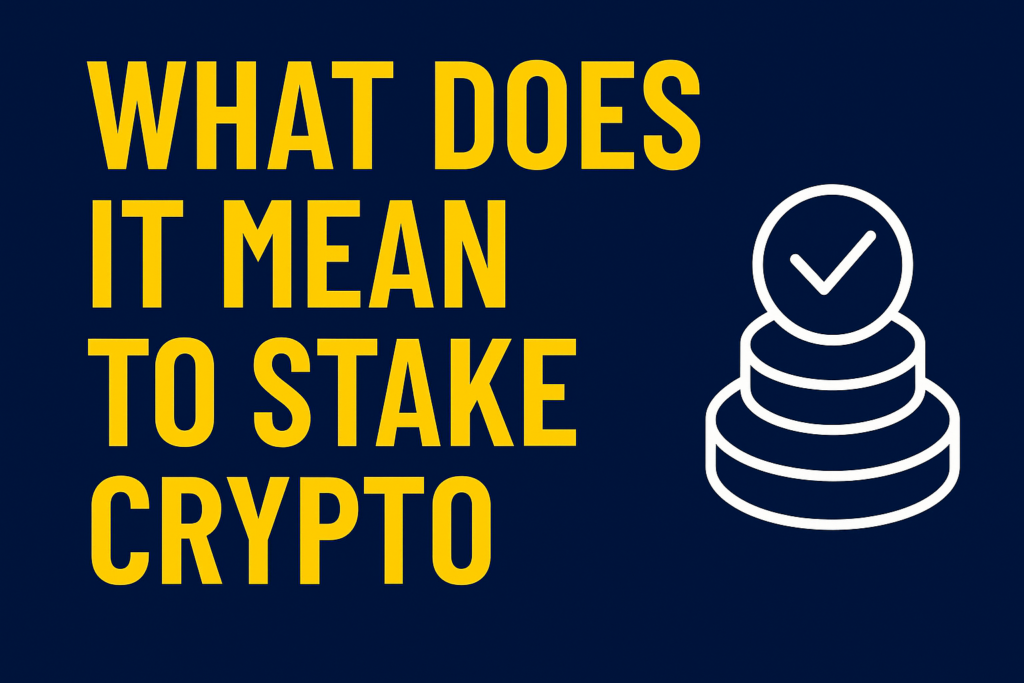Staking has become one of the most popular ways to earn passive income in the world of cryptocurrency — but what exactly does it mean?
🔒 The Basics of Staking
Staking is the process of actively participating in the validation of transactions on a proof-of-stake (PoS) blockchain. Unlike proof-of-work systems like Bitcoin, which require massive computing power, PoS networks rely on users locking up (or “staking”) their coins to support network operations such as validating transactions and securing the blockchain.
When you stake your crypto, you’re essentially giving your coins to the network to help maintain its functionality. In return, you receive rewards — typically in the same cryptocurrency — as an incentive for your support.
🛠 How It Works
- Choose a coin that supports staking (e.g., Ethereum, Cardano, Solana).
- Lock up your tokens via a wallet or exchange.
- Earn staking rewards over time, usually paid out daily, weekly, or monthly.
Some networks require a minimum number of tokens to stake, and some offer the ability to stake through pools — where many users combine their assets to increase their chances of earning rewards.
💰 Why People Stake
- Passive income: One of the most appealing benefits is earning crypto while holding it.
- Support the network: Validators help keep the blockchain secure and decentralized.
- Lower energy impact: PoS is much more energy-efficient than mining.
⚠️ Risks to Consider
- Lock-up periods: Some assets are staked for fixed durations and can’t be withdrawn instantly.
- Price volatility: Even if you earn rewards, the value of the staked token may drop.
- Validator risk: If a validator misbehaves, you might lose part of your stake (known as “slashing”).
🧠 Final Thoughts
Staking is an excellent way to put idle crypto to work, but it’s not without risks. Understanding how it works and choosing the right network and platform is key to maximizing returns safely. Whether you’re a long-term HODLer or a newcomer, staking offers a more sustainable and rewarding alternative to mining.







